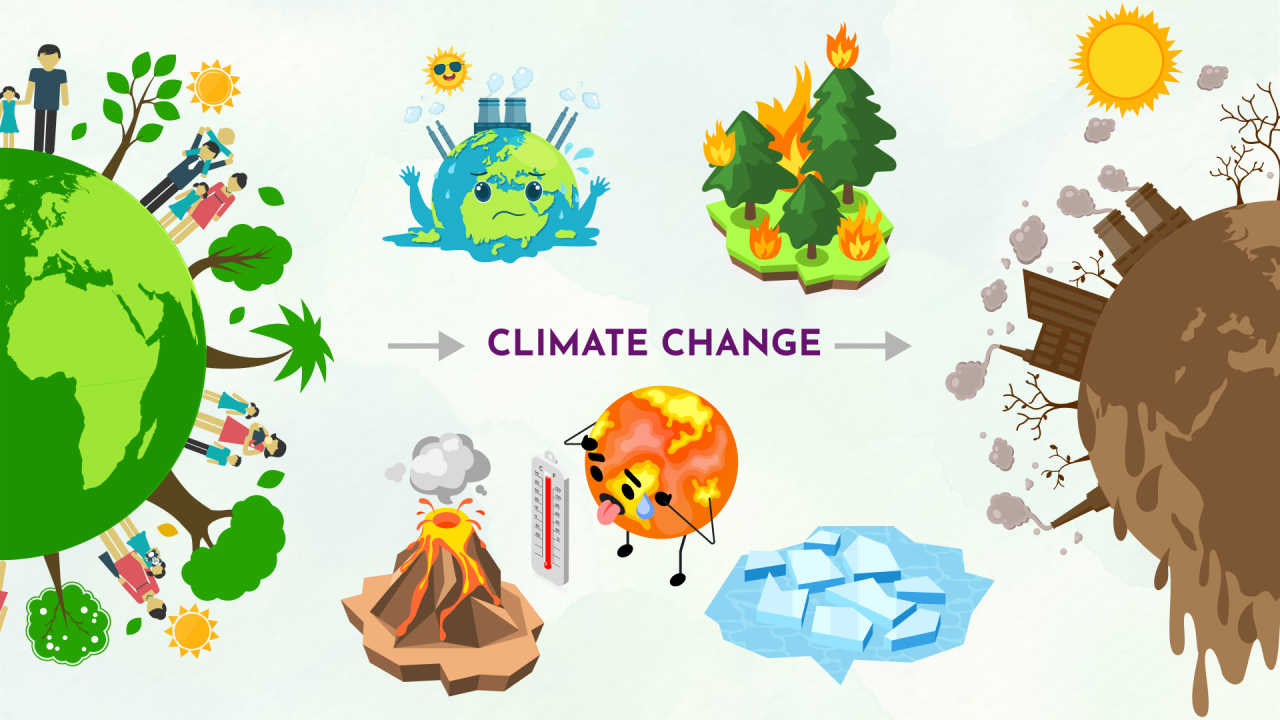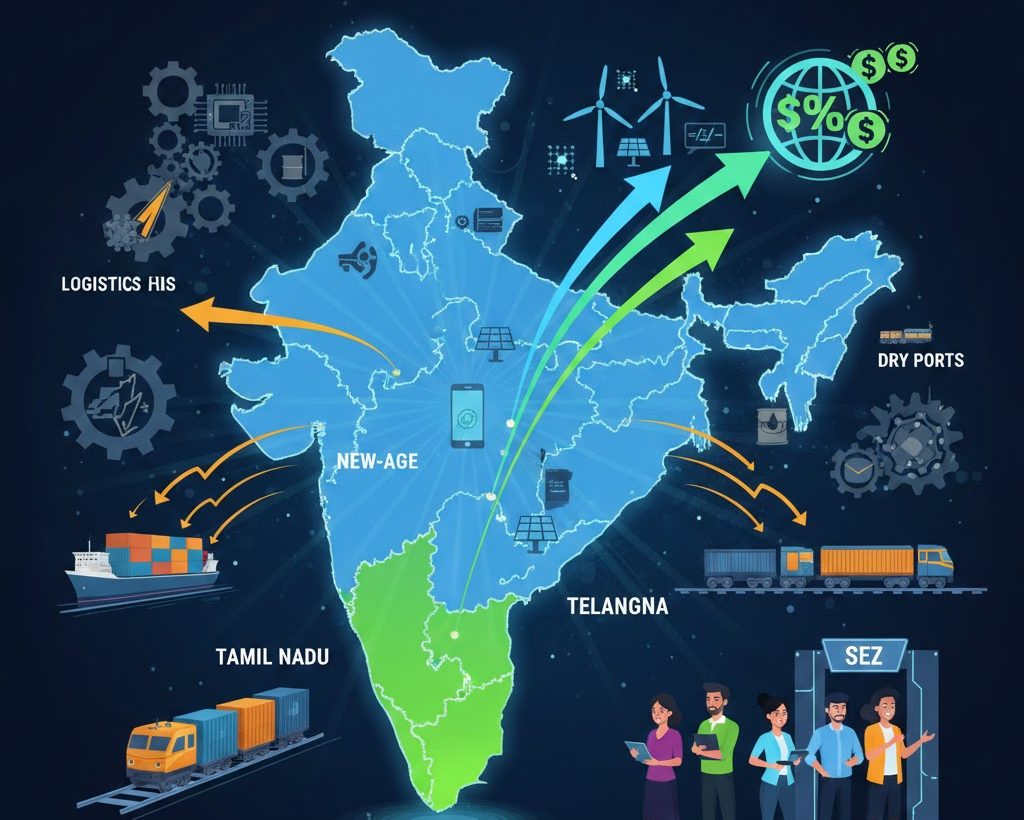Font size:
Print
US-led Connectivity Initiatives under Trump 2.0
Context:
As Donald Trump returns to the White House, his administration’s foreign policy, particularly in the realm of international connectivity and development, will be under close scrutiny.
More on News
- While his first presidency offered glimpses of his approach to foreign aid and international trade routes, the trajectory of US-led connectivity initiatives under his leadership remains uncertain.
- This uncertainty is heightened by Trump’s prioritisation of strategic competition with China and his transactional, “America First” ideology.
Context of US-led Connectivity Initiatives
- Geopolitical Rivalry: For over a decade, infrastructure development and economic connectivity have become key battlegrounds in the geopolitical rivalry between the United States and China.
- BRI: China’s Belt and Road Initiative (BRI), a massive transnational connectivity program, has cemented Beijing’s influence in the Global South, with investments exceeding $1 trillion across 140 countries.
- PGII: To counter the BRI and reassert US influence, President Joe Biden launched several initiatives, including the Partnership for Global Infrastructure and Investment (PGII), which aims to mobilise $600 billion in funding from G7 nations by 2027.
- The PGII also incorporates projects like the Lobito Corridor in Africa, connecting Angola, the Democratic Republic of Congo (DRC), and Zambia, and the India-Middle East-Europe Economic Corridor (IMEC), which seeks to enhance connectivity between Asia and Europe.
- Uncertain Future: Under Biden, these initiatives became part of a broader strategy to strengthen global supply chains, foster economic development in the Global South, and counterbalance Beijing’s growing geopolitical clout.
- However, the future of these initiatives is now at a crossroads with Trump’s return to power.
Biden’s Achievements and the Road Ahead
- Biden’s “America is Back” approach revitalised US alliances, including the Quad and G20, fostering collaboration on connectivity projects and achieving significant milestones. Notable achievements include:
- PGII Investments: Mobilisation of $60 billion by G7 nations from 2022-2024 to support 120 projects across 38 countries.
- Infrastructure Security: Efforts to secure subsea infrastructure and create resilient supply chains.
- Multilateral Initiatives: Projects such as the Quad Supply Chain Resilience Network and IMEC gained traction.
- These achievements positioned the US as a counterweight to China in the global development arena. However, Trump’s past presidency raises questions about the continuity of these efforts.
Trump 2.0: A Transactional Approach to Connectivity
- Uncertainty: During his first term, Trump’s foreign assistance policies were marked by inconsistency, budgetary cuts, and a focus on immediate US interests.
- For instance, his administration reduced the USAID budget by $6 billion (22% of the total) in 2019, leading to an economic vacuum that China capitalised on through the BRI.
- Strategic Importance: Despite this, Trump acknowledged the strategic importance of global connectivity in countering Chinese influence. His second term is likely to continue this focus, albeit through a more interest-driven and transactional lens. Key aspects of Trump 2.0’s approach may include:
- Prioritising Geopolitical Gains: Initiatives like the IMEC, Lobito Corridor, and Luzon Corridor will likely be retained to bolster global supply chains, secure energy resources, and curb China’s economic dominance.
- Leveraging Alliances: Trump may maintain partnerships with “pro-free market” nations like Japan, South Korea, and India while pressuring transatlantic allies to meet their Global Gateway commitments.
- Streamlining Development Aid: Under Trump, programs such as USAID and the US International Development Finance Corporation (USDFC) could align more closely with US economic and security priorities, potentially sidelining broader development goals.
Challenges in Multilateral Cooperation
- Multilateral Cohesion: One of the key hurdles for Trump’s administration will be maintaining multilateral cohesion.
- Biden’s collaborative framework relied on transatlantic and Asian partners to mobilise resources and execute projects.
- However, Trump’s past unilateralism and skepticism towards multilateralism may strain these partnerships, particularly with European nations that have been slower to meet their Global Gateway commitments.
- Reduced Funding: Moreover, Trump’s cost-cutting tendencies and focus on “efficiency” could lead to reduced funding for connectivity projects.
The challenge will lie in fostering multilateral cooperation and ensuring long-term sustainability of these projects. The ability to navigate these challenges will define the success of Trump’s foreign policy in the realm of international development and connectivity.


